Japan was a revelation for me - being Australian with so little human history behind us it was mind boggling to walk down a busy city street and then come upon a tiny 600 year old temple still being used everyday. Unlike Australia seasons were distinct and celebrated - as Summer moved into Autumn the hills around Kyoto would start to change colour and the food available in supermarkets and restaurants would change to reflect what was in season. As Autumn became Winter the colourful Autumn leaf designs on the beer cans gave way to snow flakes - everything that could be themed was.
It has just recently started to get colder here in Sydney with beautifully clear sunny Autumn days but decidedly chilly nights. This change in seasons made me a little homesick for Japan so I made pilgrimage to Tokyo Mart in Northbridge to get some essentials for Japanese Winter cooking.
Japanese food is renowned for being complex and quite difficult to cook - and in some cases this is true. However what struck me when I finally decoded the Japanese supermarket was the amount of really high quality package mixes and pre-made products that were available and how widely they were used. My lack of Japanese made these packs essential when we first moved there - the directions were always accompanied by pictures so we could work out how to cook it!
Nabe is a very common winter dish - there are many different varieties from the Chanko Nabe made famous by sumo wrestler to more gourmet seafood style. Nabe is basically a hot pot with noodles, meat balls and vegetables. Nabe is also the name of the pot that you cook it in. In Japan this dish is traditionally cooked at the table on a little gas stove.
I called this post convenience food because the easiest way to make nabe is to buy one of the delicious soup concentrate from a Japanese supermarket. This particular mix is a miso chanko mix - it makes a hearty soup not unlike ramen soup. I also used a tofu mix to make nice soft Japanese style tofu and a pack of fresh udon.
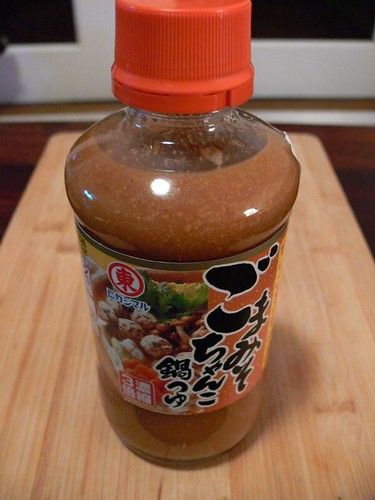
Dillute the soup concentrate 2:1 and pour it into the nabe (or large pot) and bring to the boil. The traditional ingredients are chunks of daikon (white radish), udon noodles,tofu, several types of mushrooms - I used enoki and shimeji, chicken meat balls, shallots and cabbage. You can add anything you like really. To cook just boil all the ingredients in the soup starting with the ones that take the longest to cook like the daikon and chicken till you finally getting to the cabbage.
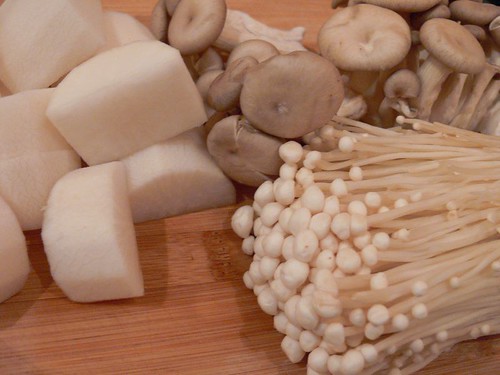
The tofu is also very easy to make - add the soy powder to water and boil for a couple of minutes. Add the setting agent and pour it into a bowl to set. This is a very soft and subtley flavoured tofu - not like the firmer chinese style tofu you buy in the supermarket.
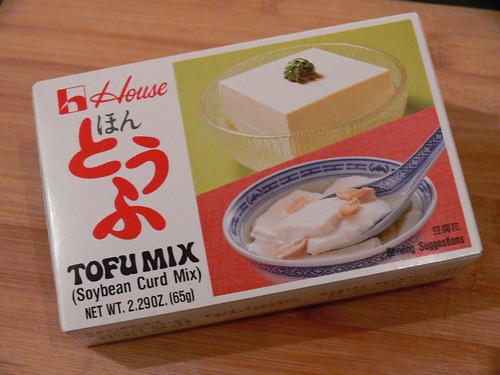
Take the whole pot to the table and let people serve themselves - it's a very filling meal sure to stick to your ribs - just ask the sumo wrestlers who eat it every day!
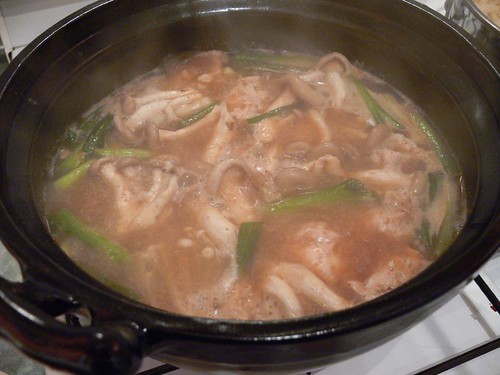
Ittedakimas everyone!
Tokyo Mart
Shop 27, Northbridge Plaza
Northbridge
Ph:(02) 9958 6860
Nabe
Tofu
Japanese cooking
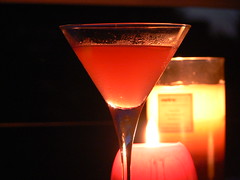
No comments:
Post a Comment